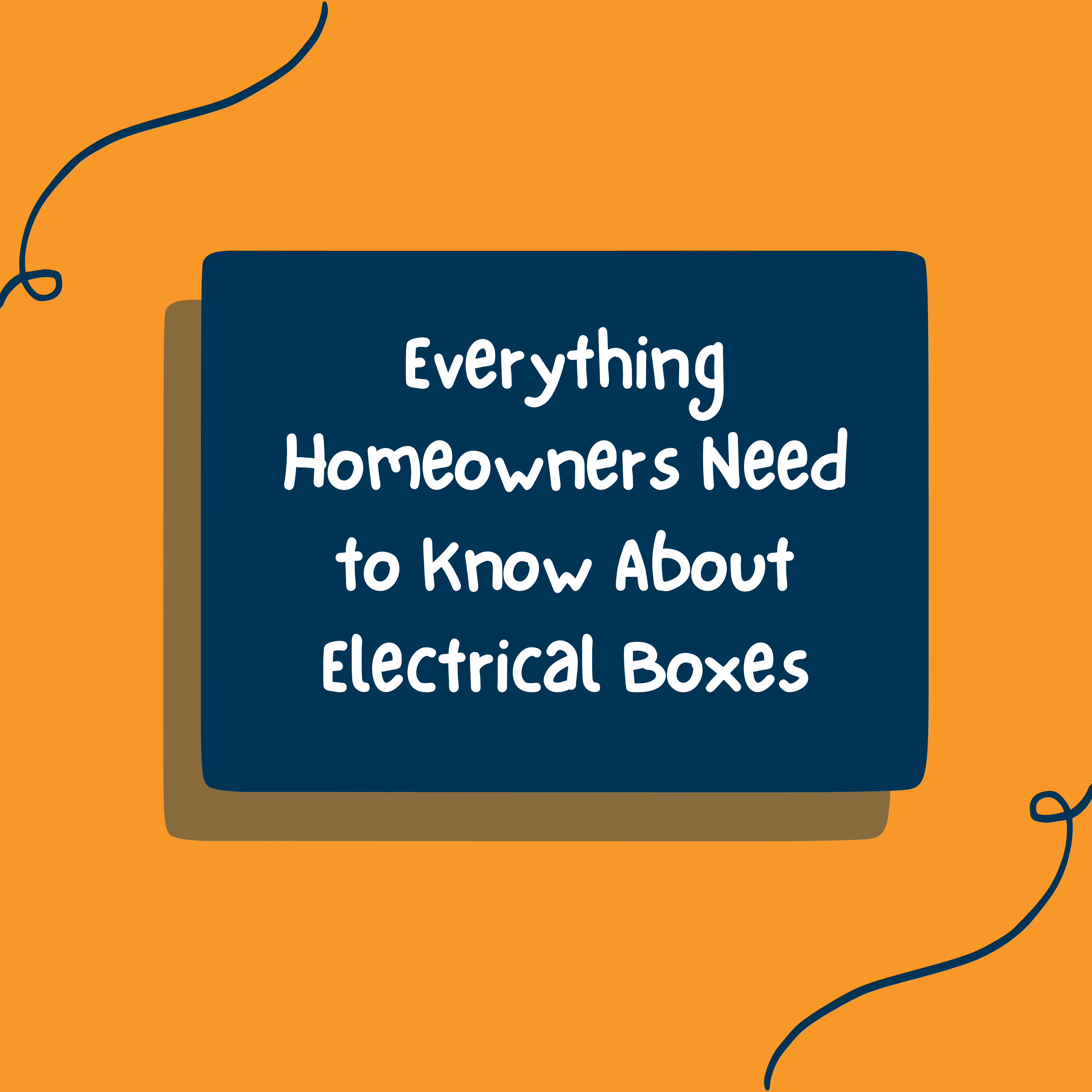
If you own a home, you’re constantly learning new things about how to manage the home and take care of it. Normally, you might not think about the electrical components running through the house, but if you want to install something new, or if you need to make some repairs, you’ll need to learn quickly.
For any electrical stuff in your home, electrical boxes are a major part of the equation. So why not take a minute to learn all about electrical boxes in your home?
What Are They?
Electrical boxes, also known as electrical enclosures, are devices that protect electrical junctions around the house.
Think about a simple light switch. You flip the switch, and a light goes on or off, but behind the switch, you have electrical wires and devices. Typically, you have one device, the switch, and a few wires that attach to the switch. All of this is housed inside an electrical box.
The box is designed specifically for this purpose, and it protects the wires and device from shorts and elements that could create hazards.
Why Do You Need Them?
For the most part, there are two reasons why you need electrical boxes: safety and compliance.
In terms of safety, the boxes shield the exposed parts of wires that attach to electrical devices. This shielding prevents dirt or debris or other things from coming in contact with those exposed parts. This prevents such things from shorting the circuit and creating major fire risks.
As for compliance, building codes require electrical boxes for every electrical device in a house. Every light switch, ceiling fan, outlet, etc. needs a box. While building code does vary by location, you’ll find that requirements for electrical boxes are similar across the country.
How Do You Choose Electrical Boxes
Clearly, you need the boxes. How do you know that you have the right one?
Fortunately, manufacturers have more or less standardized residential electrical boxes. There are a lot of different boxes that serve specific functions, but if you pay attention to names and labels, it’s pretty easy to get the right box for the job.
In general, you need to consider two things: the dimensions of the box and the material used to make it.
Sizes
Dimensions refer to the size of the box, but they also reference the shape of the box. Your standard residential electrical box is a rectangle, and it’s big enough to fit one device. If you take the plate off of an outlet or light switch, you’ll see the box and its size. You can find some variation in the exact dimensions, but any box designed for a single light switch will work. The same goes for a single outlet.
You might also find square boxes that are a little bigger. These boxes are designed for two devices at a time, and if you look at more specialized boxes, you can find some that hold even more than two devices. That’s uncommon in most residential applications, but again, if you have an installation that needs a larger box, you can find it.
You might also find circular boxes. These are designed for ceiling junctions (like a ceiling fan). Again, read the labels and ratings to make sure the box is the right size for your device. With ceiling boxes, you also want to ensure that they can hold any weight you might attach directly to the box.
Materials
The other thing you need to know about is the material. Electrical boxes are either metal or nonmetal. In residential applications, both types of materials are acceptable in most cases, but it’s more common to use metal for outdoor boxes and nonmetal for indoor boxes. Sometimes, this is dictated by building code, so you can always ask a qualified electrician to be sure you’re using the right materials.
That aside, nonmetal boxes usually cost less per unit, they’re a little easier to work with, and unless you have uncommon wiring, they actually pose less of a fire risk for interior applications.
